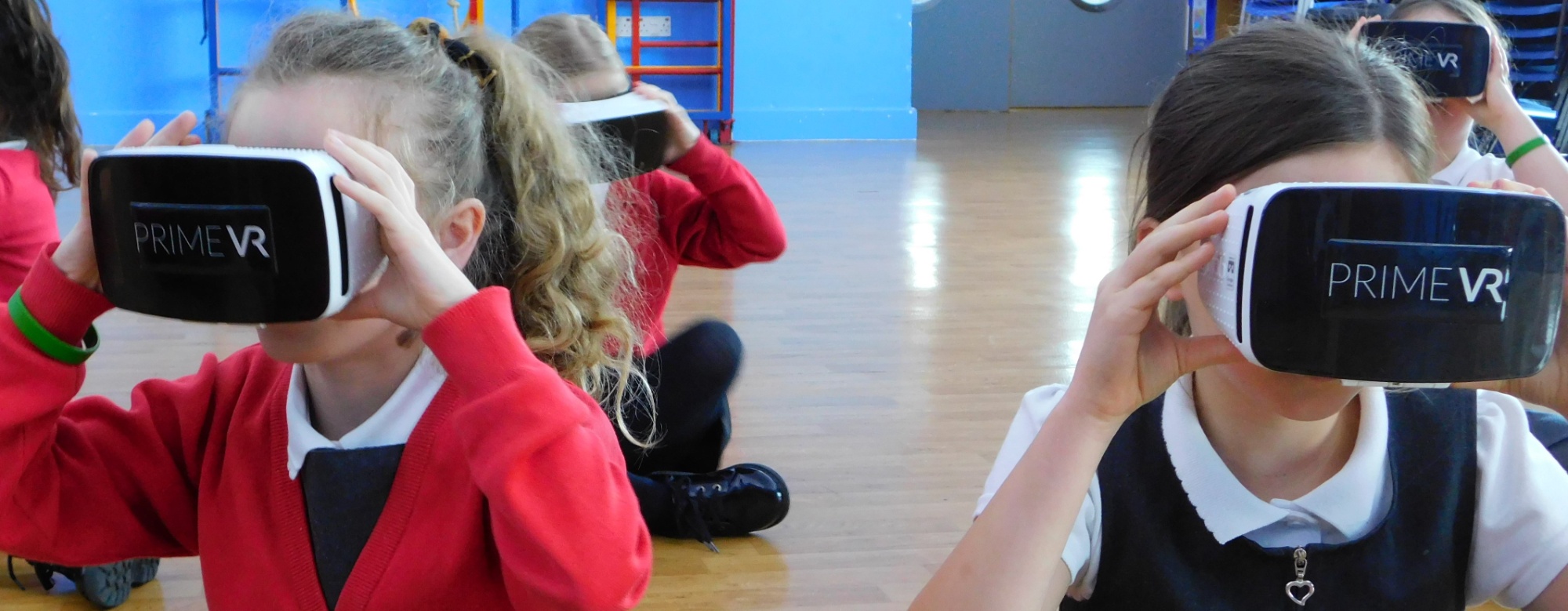Computing
- Home E
- Our Learning E
- Computing E
Computing Curriculum Intent
At Smith's Wood Primary, our Computing curriculum helps children to develop the fundamentals of using a computer, as well as keeping safe when using them. We have a large emphasis throughout the year on keeping safe online and this is tailored to each year group. As well as this, pupils are taught typing skills from Year 1, up to Year 6 and are encouraged to create a typed outcome of work throughout the rest of the curriculum.
Computing sessions are based in our ICT suite and pupils are taught how to use everyday programs such as Microsoft Word, PowerPoint and Excel across the different year groups. The coding and programming aspect of computing is taught individually each year; with KS1 learning how to programme Beebots, Year 3 moving onto building algorithms using LEGO, Years 4 and 5 learning how to code through the use of Minecraft Education and Year 6 focusing on creating algorithms using Kodu. This provides a build-upon curriculum throughout each year at Smith's Wood Primary.
Computing Skills and Knowledge Progression Document
Computing Curriculum Implementation


